How to Lessen Your Exposure to Toxins (Part 2: Foods)
By: J.A., Writer for Hope Instilled
This is a guide on how to lessen the number of toxins you consume with the food you eat along with the beverages you drink.
This is a follow-up to my last blog post on How to Lessen Your Exposure to Toxins (Products & Environment). As I mentioned in my previous blog post, toxins are largely responsible for many diseases and chronic illnesses. You can refer back to our former blog Reality of Our Toxic World for more information on that.
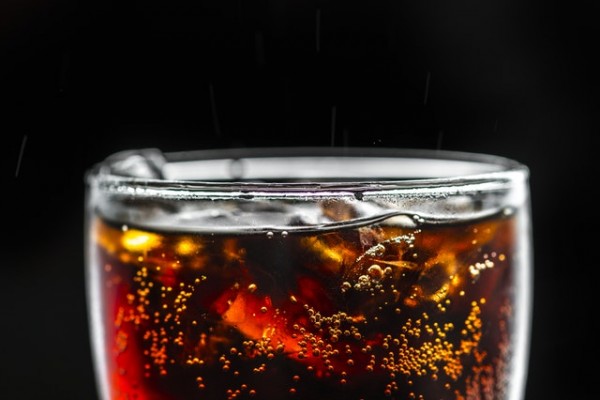 Hidden Toxins - The Most Toxic Foods
Hidden Toxins - The Most Toxic Foods
We consume a lot of toxins unknowingly. Most people have a firm understanding that junk food like fried foods, candy, chips, soda, are not healthy foods. They don’t provide any nutritional benefits. However, even some foods most people consider to be a bit healthier can also be considered junk food too, due to artificial chemical additives like unnecessary sugars or artificial coloring or flavoring. In addition, there is a huge misunderstanding of how consuming these artificial chemicals is impacting people’s health.
Sugar is a Toxin and Most of Us Are Addicted
Sugar is in everything and most of us don’t really realize how much sugar we are consuming! Sugar is a toxin. It can harm organs and harm the body’s usual hormone cycles. It is a cause of obesity, metabolic disorders (such as diabetes), and cardiovascular disease. Many of us are addicted to sugar without even knowing it. One of the most popular artificial, chemically processed sugars is called high fructose corn syrup. It is horrible for your body, and it is hidden in almost everything. You can find it in products including ketchup, bread, cereals, sodas, syrups, ice creams, and more. But, it’s not only chemical sugars we need to be concerned about. Many products have a lot of processed granulated sugar in them too, which is still not good for our health. But, that’s not all!
There is also the concern for foods that turn into sugar in our bodies. Sugars such as grains: bread, bagels, rice, pasta, crackers, chips, and baked goods, turn into sugar after we consume them. Dairy products such as milk, yogurt, and ice cream, can also convert to sugar in your body. Plus, some fruits that contain carbohydrates turn into sugar, even though they are rather healthy for you. An apple has 4 tsp of sugar, and an unsweetened 16-ounce cup of orange juice has over 13 tsp of just natural sugar. Nonetheless, most orange juice has added sugars beyond the natural sugars of the oranges.
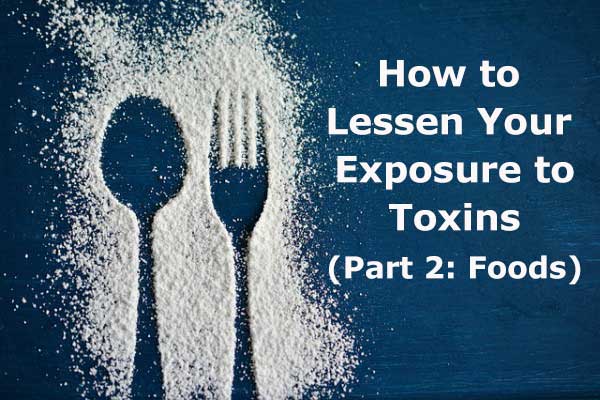 Read more on How Sugar is Toxic in these articles:
Read more on How Sugar is Toxic in these articles:
Is Sugar Really Toxic? Sifting through the Evidence
Sugar Is Not Only a Drug but a Poison Too
Read more on what foods are converted into sugars after being digested: Foods That Are Converted Into Sugars After Being Eaten.
Example of a High Sugar Count Day
It is easy for people to justify consuming that one soda a day, or maybe one candy bar or a bag of chips daily. For some people that is just one junk food item, they are eating a day, and the rest of their meals consist of maybe a vegetable, meat, cheese, and a wheat product. Many people have been falsely led to believe the key to eating healthy is to eat food from each food group every day. But, let’s look at the dangers of a day’s meals that may not seem too unhealthy, but actually is.
Here is a full day of meals for a guy that we will call Pat.
Breakfast Meal
Pat eats cereal for breakfast with milk and a glass of orange juice. All three of those items convert into sugar in the body, so that’s 3 sugar items Pat has consumed just in the morning. Having all sugar in the morning is never a good choice, it lowers energy levels, and can make a person lethargic. It is advised to always have some protein in the morning (eggs are the best choice).
Lunch Meal
For lunch, Pat has a sandwich with ham and cheese, a yogurt, a bag of chips, and an apple. The two slices of bread and yogurt will be nice and count as just 2 sugar items (yogurt as one, bread as another). Chips is another sugar, and sadly the apple is another even though it is the healthiest choice. Now we are up to 7 sugar items, but still haven’t counted dinner and are not adding in the possibility of snacks.
Dinner Meal
Let’s say for dinner Pat has grilled chicken (just with spices), noodles, a vegetable, and a glass of milk with a cookie for dessert. That’s 3 sugar items. The noodles, milk, and the cookie will all convert into sugar in the person’s body. That brings Pat up to 10 sugar foods a day, and most of those don’t provide much nutritional value. Obviously, the apple is a pretty healthy choice, yogurt is sort of healthy if it’s not high in sugar. Milk can be beneficial depending on the type, but Pat is consuming too much. This is a really high sugar count and we haven’t even talked about the chemical toxins!
“Every time you eat or drink you are either feeding disease or fighting it.” – Heather Morgan
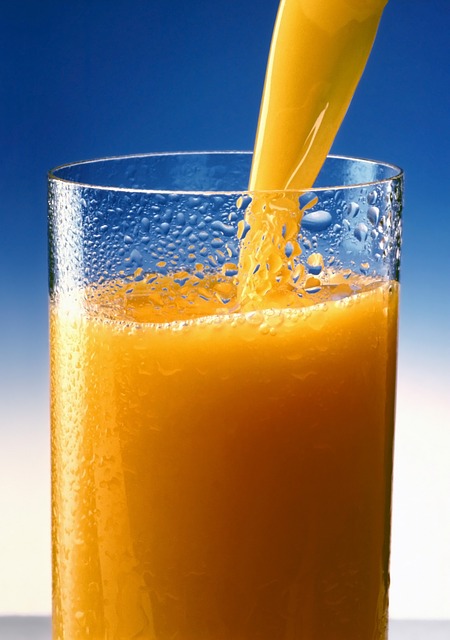 How Much Sugar Should You Consume a Day?
How Much Sugar Should You Consume a Day?
Try and count how many sugar items you have in one day. I was told 3 or fewer is ideal, by a nutritionist. But here is a more accurate way to count for at least added sugars (not food that turns into sugar). I’m am not a nutritionist, so according to The American Heart Association a woman should eat no more than 6 tsp a day (20g), and a man should eat no more than 9 tsp (36 g). A child shouldn’t eat more than 3 tsp of sugar a day equivalent to (12g). Some nutritionists may argue that these numbers should be even lower. Now, just one eight-ounce glass of orange juice can have 5.5 tsp of sugar. So that is basically a kid’s sugar count for the day.
Example of a High Toxin Count for One Day
Now let’s look at toxins focusing on the same 3 meals. Cereals are not only high in sugars, but many also have artificial ingredients. Let’s say it is Fruit Loops, which have artificial ingredients and contain GMOs. They have multiple toxins but we will count that as 1 toxin. Bread can have high fructose corn syrup and hydrogenated oil so that is 2 toxins. Ham may have nitrates, 1 toxin. Chips let’s say Lays, which means it has Acrylamide and vegetable oils, we will say 2 toxins (even though it is probably more than that). The chicken isn’t antibiotic-free so that’s 1 toxin (but probably more). The cookie is store-bought Oreos which by the way contains high fructose corn syrup, 1 toxin. That puts us up to 8 toxins without digging in deep into all the toxins in every single food item.
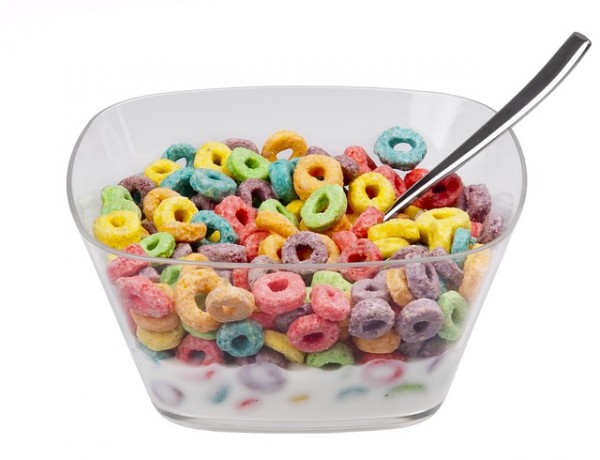 In addition, a woman typically applies 168 different toxic chemicals to her skin a day, according to the Environmental Working Group. Men use fewer products, but still, put 85 chemicals on their bodies. I imagine with this many toxins there is a small epic battle going on in a person’s body, as the body is trying to figure out what to do with all those toxins. Then, if symptoms show up in the person’s body, it may turn into an actual war zone.
In addition, a woman typically applies 168 different toxic chemicals to her skin a day, according to the Environmental Working Group. Men use fewer products, but still, put 85 chemicals on their bodies. I imagine with this many toxins there is a small epic battle going on in a person’s body, as the body is trying to figure out what to do with all those toxins. Then, if symptoms show up in the person’s body, it may turn into an actual war zone.
SO WHAT?
Maybe this doesn’t seem like a big deal to you, because you feel normal every day. And that’s because your body works really hard to compensate, and it can handle a certain number of toxins. A certain number of toxins will leave your body, but if your exposure is too high, it won’t be enough. Also, in recent years, toxins in products and the environment have increased, and the exposure to toxins in America is so high that 40% of Americans having some ongoing chronic illness.
Over time these toxins will build up, and your body may become overwhelmed leading to symptoms. Or maybe you already experience symptoms but are not sure what to do about them such as fatigue, gluten allergies, or IBS symptoms. Then, maybe you get the flu or some other illness that you don’t recover from because it was too much for your body to handle all the toxins. Many people call this “your bucket tipping.” This means you now have ongoing pain that has started affecting your day-to-day life.
 No Magical Number for How Much Toxins We Can Handle
No Magical Number for How Much Toxins We Can Handle
There is no magical formula for how many toxins we can handle before our bodies become overwhelmed and start to show signs of it (symptoms). Everyone’s body is different, and many people were born with a certain number of toxins already in their bodies, unknowingly. There is no exact science as to how many toxins we can be exposed to before our bodies cry out for help, which is what symptoms are.
Here is some guidance on how to make healthier choices, reducing the number of toxins you consume:
- Eating all organic is not necessarily the solution. Eating organic is necessary for a lot of foods, but you shouldn't just aim to eat less prepackaged food in general. We were once hunters and gatherers and our bodies haven’t quite adjusted over the years to eating all this prepacked food. So, aim for eating more whole foods like fresh meats, fruits, vegetables, eggs, nuts, and so on. We Still Have the Bodies of Hunter-Gatherers
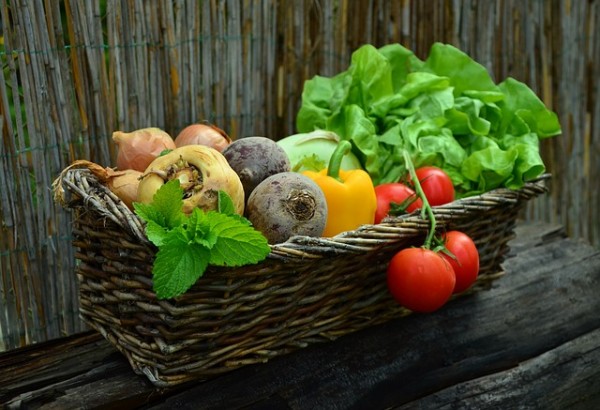
- Avoid foods with artificial sugars. You can find high fructose corn syrup in everything from ketchup, bread, cereals, soda, syrups, to ice creams. Check food labels for everything you buy! Pay attention to the amount of sugar in all products. 5 Reasons High Fructose Corn Syrup Will Kill You
- When comparing products if a food has more ingredients than other food, you can assume the one with more ingredients is worse for you. Often products labeled as “natural” have fewer ingredients and no toxic ingredients, at least on the label. So they are better options. But, organic is usually the better option.
- When the ingredient names are long, weird and they don’t sound like real food, avoid them. There are way too many toxins so we can’t name them all, you may have to do some research yourself.
- Pay attention to labels such as “fat-free,” “low fat,” “less sugar,” or “sugar-free.” Many times, the alternatives for reducing the fat or sugar content is a chemical additive, or may also mean a loss of nutrients. Don't be fooled: why 'low fat' and 'reduced sugar' don't mean what you think they mean
- Try and choose fruits and vegetables that are organic because they will have a lot fewer pesticides. I have found them sometimes to be cheaper or even the same price. It can be hard to do all organic, so at least go organic based on EWG’s Dirty Dozen Shopper’s Guide to Pesticides.
- For products like meats and eggs you will also want to look for products free from antibiotics, hormones, and possibly go for the organic option. How to Buy the Best Chicken at the Grocery Store and SOURCE MATTERS: A GUIDE TO BUYING HEALTHY MEATS, Why we eat grass-fed beef (or, What's wrong with meat from the grocery store?)
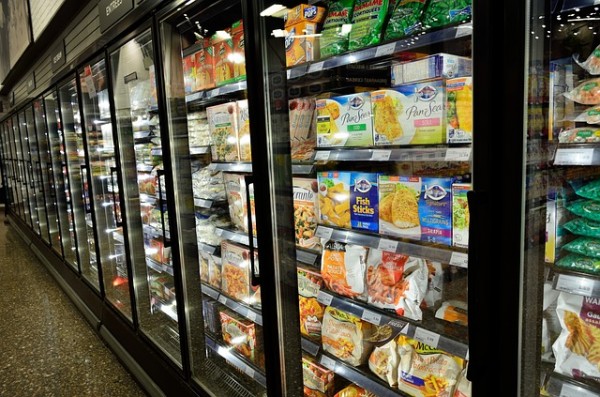
- Check products for hydrogenated oils and trans fats they are also really bad for you! Why Is Hydrogenated Oil Bad for You?
- Avoid vegetable oils and margarine! Good alternatives are coconut oil, extra-virgin olive oil, and butter. Dr. Mark Hyman: Why Vegetable Oils Should Not Be Part of Your Diet
- When in doubt, check to see if products are on EWG. Get the app to scan products or search on the website.
- Avoid preprocessed meals and frozen meals. Just about everything in the frozen aisle is unhealthy for you. Of course, there are exceptions like frozen vegetables, but fresh is always better.
- Dairy is also a problem, you can get a lot of hormones in cheese and milk which can cause problems, and milk isn't actually good for your bones and so on, read how Milk Is Dangerous for Your Health. Get your dairy RBGH-FREE! Guide to RBGH Free Dairy Products.
Why are These Products Available?
If these products are so bad for you, then why are they being put on the shelves? Why does the FDA allow it?
Companies care about profits, not your health. Adding chemical additives is cheaper for companies. The food industry will even falsely advertise things as being super healthy when they are in fact not. An example is health food bars. Sometimes they contain chemicals like high fructose corn syrup, and they are promoted as helping people to lose weight. However, high fructose corn syrup actually makes you crave more sugar, which will lead to weight gain instead. Companies are able to add all sorts of chemical additives to the foods we eat due to loopholes in some of the laws in place. The U.S. allows many food additives that are banned in other countries like Europe.
Find out Why The FDA isn’t helping in these articles:
Unsafe and untested chemicals are in our food
Why The FDA Has Never Looked At Some Of The Additives In Our Food
Don’t Overwhelm Yourself
It is impossible to live a toxic-free life, but any step in the right direction will be worth it in the long term. I can’t judge you for how many toxins you expose yourself to, I do not live a toxic-free life, no one can. You have to make the decision to try and live a less toxic life based on changes you are capable of making. I’m not the healthiest eater I know, even though I feel safe saying my toxin exposure is less than the average person in the U.S. I’ve made huge significant improvements over the last 3-5 years.
My goal is to continuously be healthier than my former self. I make a point to check labels and always know what I’m consuming. I’m usually pretty good at paying attention to how much sugar I’m consuming a day, as well. I still go out to eat and eat baked goods here and there. Some days my decisions are not the best. However, I plan to continually make an effort to reduce my toxic exposures and work toward a healthier life throughout my life. I love food, so I do my best to enjoy it and still make healthy decisions.
So don’t overwhelm yourself by thinking that you need to have it all figured out in a week, or a month. Just start cleaning out your pantry or freezer of items you know are bad right now. Then, just decide on one thing you are going to work on with each grocery store trip, and with each weekly meal plan. Substitute healthier ingredients and try new recipes.
Figure out how to eat fewer sugars and cut out toxic ingredients. Plan to eat more foods with natural sugars, and fewer foods with added sugar. If you are going to eat something with added sugars, make it something you love and are not just eating because it is there. You can still go out to eat, just plan a lot of healthy meals for the rest of the week. It is up to you to decide how much or how little you are going to do to reduce toxins in your life. The key is just to have an awareness of what you are buying and consuming. Also, be aware of your successes over time moving toward a healthier lifestyle, and be proud of your accomplishments.
<<-- Back to Renewed Living Blog Email to a friend
